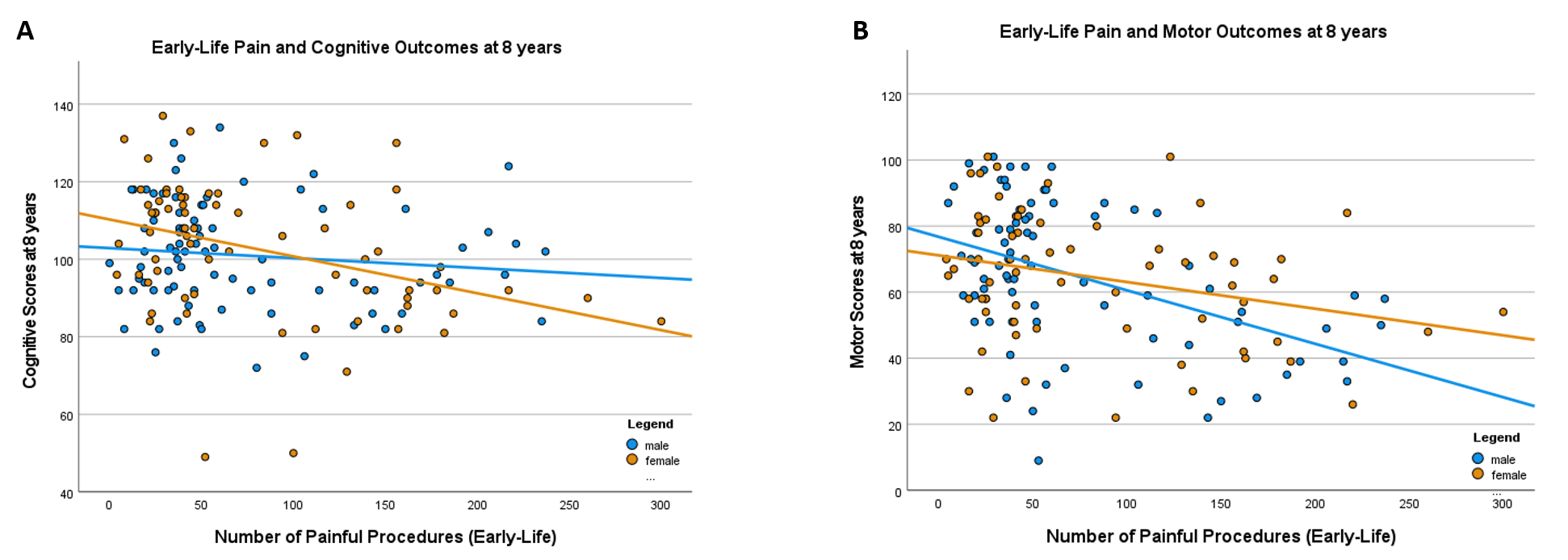Neonatology
Session: Neonatal Neurology 4: Clinical
527 - Preterm Sex Differences in Neurodevelopmental Outcomes is Moderated by Early-Life Pain
Saturday, May 4, 2024
3:30 PM - 6:00 PM ET
Poster Number: 527
Publication Number: 527.1389
Publication Number: 527.1389

Rhandi Christensen, MD, PhD, FRCPC
Neonatal Neurology Fellow
The Hospital for Sick Children
Toronto, Ontario, Canada
Presenting Author(s)
Background: Early-life pain in preterm infants is associated with increased risk of adverse neurodevelopmental outcomes and alterations in brain growth and development. The relationship between early-life pain and long-term neurodevelopmental outcomes in preterm males and females is not well known.
Objective: To examine sex differences in early-life pain exposure and its association with neurodevelopmental outcomes at 8-years of age in preterm males and females.
Design/Methods: A prospective cohort of very preterm infants born 24-32 weeks gestation were followed at 8 years with standardized measures of cognitive and motor development (Wechsler Abbreviated Scale of Intelligence, Movement Assessment Battery for Children-2). MRI scans were performed soon after birth and at term equivalent age. The number of painful procedures from birth to hospital discharge were collected through chart review. The association between sex, early-life pain and cognitive and motor outcomes at 8-years were assessed using general linear models (controlling for gestational age).
Results: Preterm males (N=83) and females (N=72) were similar in clinical risk factors, brain injury (white matter injury, intraventricular hemorrhage) and brain growth (total cerebral volume, regional volumes). There was a significant sex and pain interaction on cognitive scores (p=0.03, Figure 1A) and a trend for motor scores (p=0.05; Figure1B). With increasing number of painful procedures, females have lower cognitive scores and males have lower motor scores.
Conclusion(s): Early-life pain is associated with lower cognitive and motor scores at 8-years of age. The relationship between sex and long-term outcomes is moderated by early-life pain, with preterm males and females having a differential response to increasing pain. Early-life pain is a modifiable risk factor and minimizing painful procedures in preterm infants may lead to improved neurodevelopmental outcomes.

